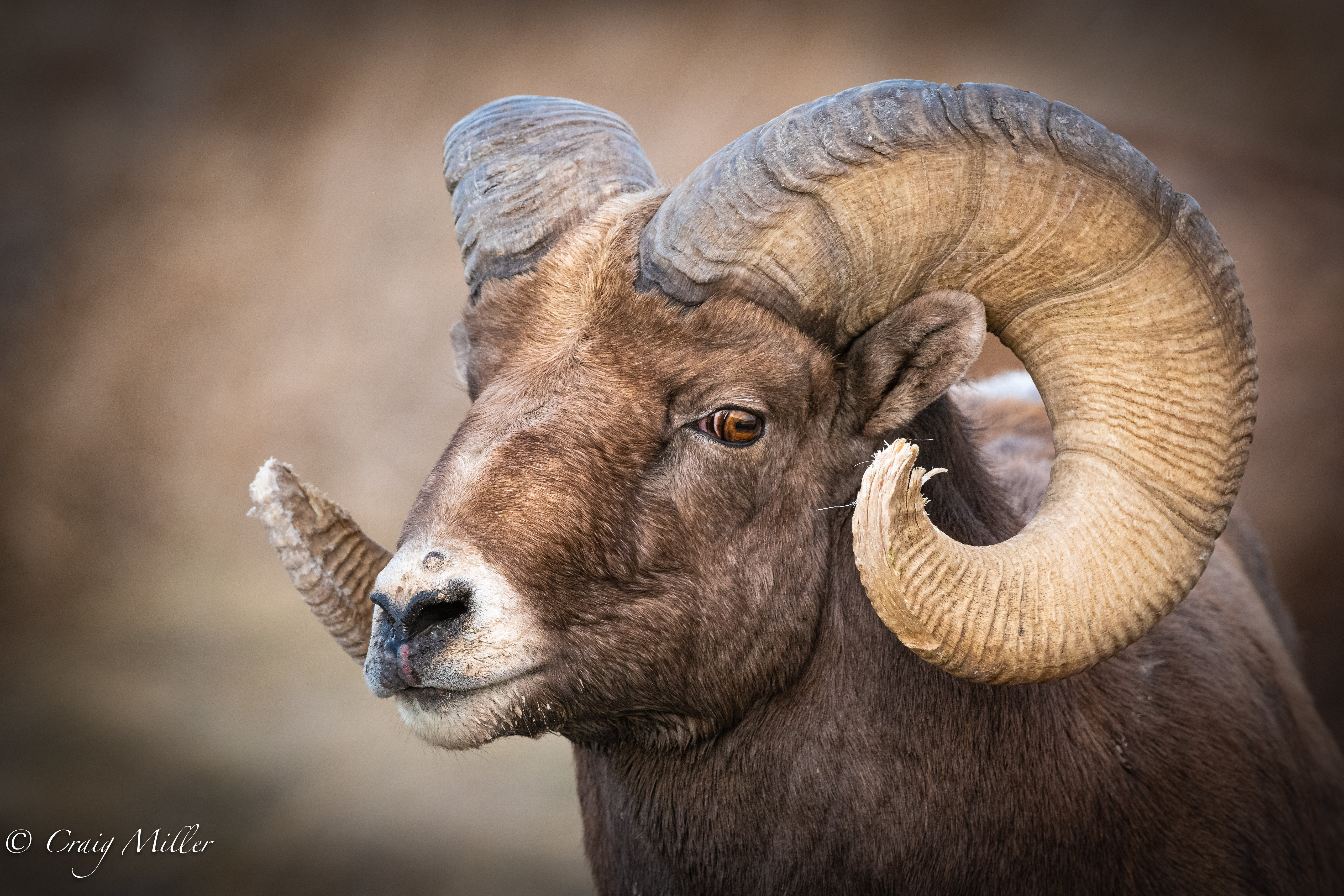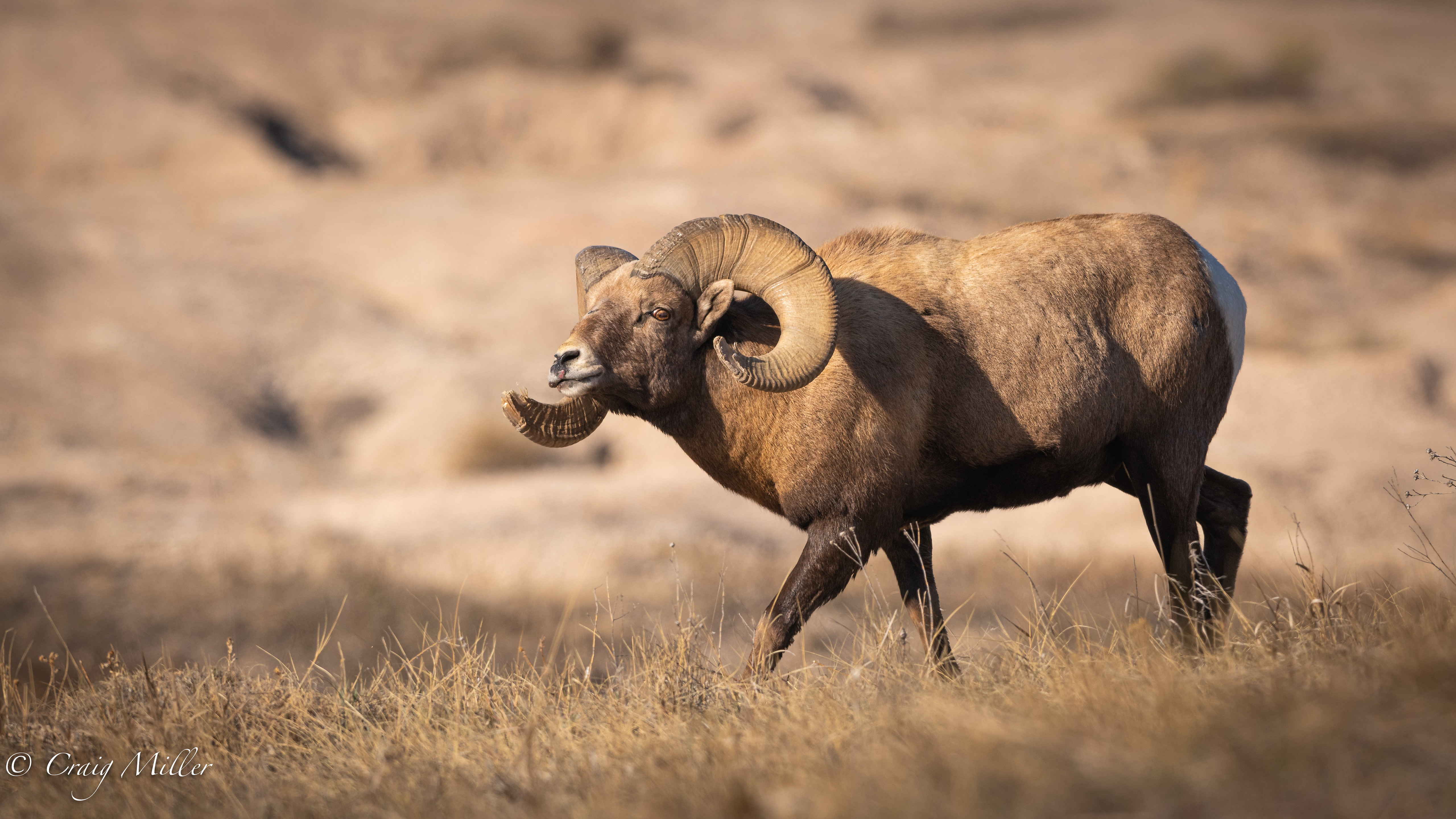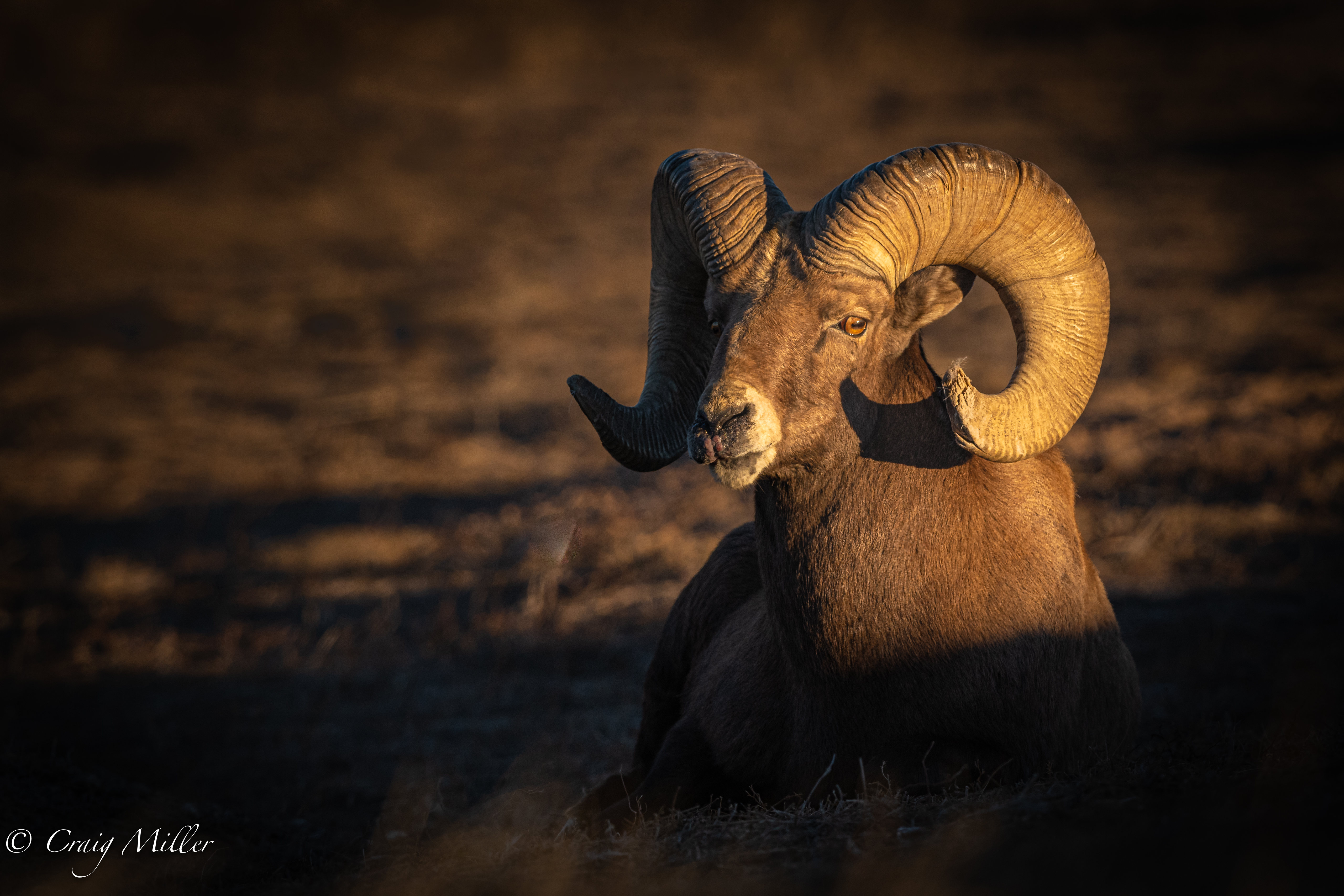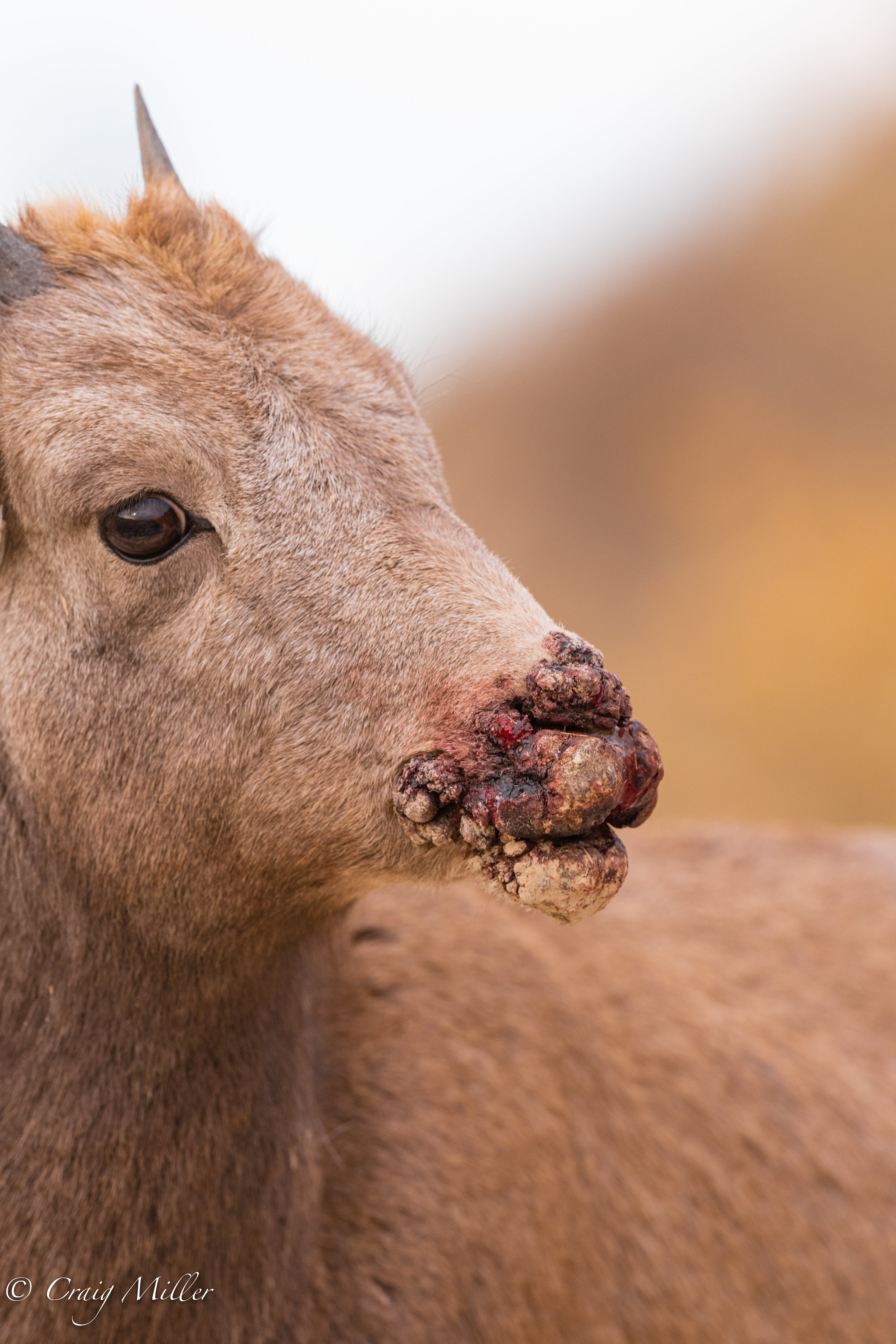El Jason
Well-known member
And, I still have no idea WTF you’re talking about. I’ll bow out because I respect the hell out of what Oak does.Still skirting the horse issue. Afraid to go there.
Follow along with the video below to see how to install our site as a web app on your home screen.
Note: This feature may not be available in some browsers.
And, I still have no idea WTF you’re talking about. I’ll bow out because I respect the hell out of what Oak does.Still skirting the horse issue. Afraid to go there.
And, I still have no idea WTF you’re talking about. I’ll bow out because I respect the hell out of what Oak does.
I agree and certainly understand. The messengers that concern this thread would be the Wild Sheep Foundation (really just a few hard core loyalists) and it's poorly thought out agenda to get rid of what they call "domestics" that arbitrarily now include pack llamas in wild sheep habitat. I say agenda, because that's exactly what it is. They shifted to over drive with heavy funding in about 2014 with the formation of the Kevin and Janine Rinke Thinhorn Initiative. Their Thinhorn Sheep Initiative was/is a well funded group (WSF and affiliates, Canadian and US outfitters, and many others) to fund and lobby with one mission and goal, and I quote: "NO CONTACT IN THE NORTH" and "Legislation is a part of the Solution"....meaning get rid of domestic sheep on public land, then get rid of domestic goats, and more recently now to include llamas in the mix both legislatively and regulatory. Keep in mind cattle and horses are golden and too powerful to be included with the "Domestics". They have these meetings almost annually inviting land management people from all federal agencies, preaching their agenda, suggesting policy, and even have tried legislative actions to rid "Domestics" form our public land. The WSF has become a very large fund raising machine doling out millions for conservation. A little for some, millions for others, but everyone gets some. Most state agencies appreciate the funding for needed projects in their populations. I appreciate their funding for many of their wildlife conservation projects.Am I the only one who can't figure out who the "messenger" is, and what are the groups or people in the background? Some sort of unseen forces have been alluded to a few times in this thread. What are they? I don't know how we're all supposed to understand that off the top. If that information is not appropriate for a public forum for some reason then maybe just say that.
page 4:
"I do know some people struggle with explaining their position without coming across like a real putz. Whatever works."Honestly I have no idea. I’m bored enough to pick on old ladies in fur coats while I read cryptic remarks that I have absolutely no idea what the hell anyone is getting at.
I know Kurt Alt personally. Have for many years. I’m sure if anyone called him, he’d be more than willing to explain the stance of the WSF. I’ve no idea why BHA is taking the same stance.
I do know some people struggle with explaining their position without coming across like a real putz. Whatever works.
What the hell is the relevance of Hells Angels on horseback?
Not really, but do carry on.Well at least you recognize that it does work.
Here are a few. Didn't take many shots as not pretty pics.High-mortality disease events are not the only potential concerns for wild sheep. @mtmiller post some pics of your scabby sheep.






Yes it is amazing, how misinformation flows. The suggesting, through pictures of ORF on wild sheep, that camelids somehow are responsible is the pinnacle of how desperate they are. I remember when they tried to do it in BC, even got some traction in the press, only to be batted down by the scientists who know better.If this is contagious ecthyma (orf):
- Ecthyma occurs throughout Alaska wherever Dall sheep, muskox or mountain goats are found. This is per the following ADF&G link:

Contagious Ecthyma in Alaska's Species, Alaska Department of Fish and Game
Information about Contagious Ecthyma in Alaska such as animals affected, causes, signs and protective measures.www.adfg.alaska.gov
This disease is found throughout Alaska in areas where there is no livestock (which is most of the state) and there is no access with pack stock (which is also most of the state). The origin of this disease in wildlife in Alaska is unknown. It may have been naturally occurring in Alaska's wildlife populations since before human settlement.
According to recognized US camelid experts CE is rare in llamas. It is far more prevalent in humans. This is a zoonotic disease. Wild sheep can infect humans (i.e. direct contact by handling dead sheep). Humans can infect wild sheep (i. e. wildlife biologists sedating and handling wild sheep). WSF endorsed Canadian papers try to implicate llamas as spreading this disease to mountain goats in BC by citing circumstantial evidence (hunting guides unconfirmed siting of pack llamas in general area so must have been llamas that infected wild goats with CE in that area).
If this is contagious ecthyma (orf):
- Ecthyma occurs throughout Alaska wherever Dall sheep, muskox or mountain goats are found. This is per the following ADF&G link:

Contagious Ecthyma in Alaska's Species, Alaska Department of Fish and Game
Information about Contagious Ecthyma in Alaska such as animals affected, causes, signs and protective measures.www.adfg.alaska.gov
This disease is found throughout Alaska in areas where there is no livestock (which is most of the state) and there is no access with pack stock (which is also most of the state). The origin of this disease in wildlife in Alaska is unknown. It may have been naturally occurring in Alaska's wildlife populations since before human settlement.
According to recognized US camelid experts CE is rare in llamas. It is far more prevalent in humans. This is a zoonotic disease. Wild sheep can infect humans (i.e. direct contact by handling dead sheep). Humans can infect wild sheep (i. e. wildlife biologists sedating and handling wild sheep). WSF endorsed Canadian papers try to implicate llamas as spreading this disease to mountain goats in BC by citing circumstantial evidence (hunting guides unconfirmed siting of pack llamas in general area so must have been llamas that infected wild goats with CE in that area).
Sore mouth (ORF) is principally found in sheep and goats. Other ruminants* that may on occasion develop sore mouth include musk oxen and gazelles.Here are a few. Didn't take many shots as not pretty pics.
Different stages.





I think it’s important to update this thread. After the BHA reviewed, with professionals, their original 2021 NORTH AMERICAN POLICY STATEMENT: REDUCING CONFLICT BETWEEN WILD SHEEP AND DOMESTIC SHEEP AND GOATS ON PUBLIC LANDS, as the title is correct it does not wrongfully and arbitrarily include pack llamas as a threat to wild sheep Attached is their revised edition.Last month BHA adopted the attached policy statement, Reducing Conflict Between Wild Sheep and Domestic Sheep and Goats on Public Lands.